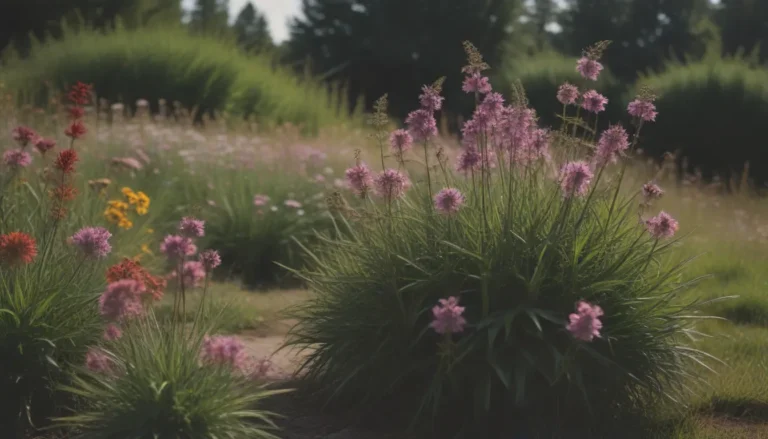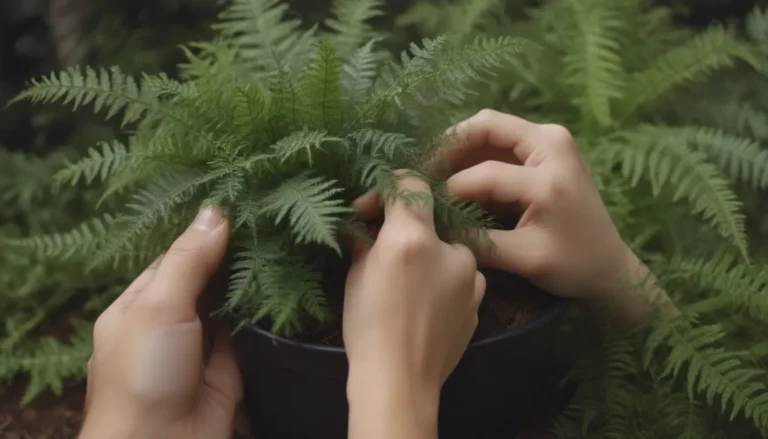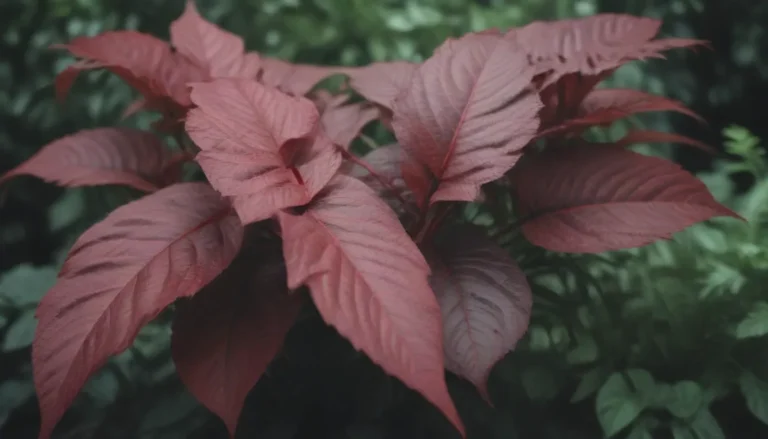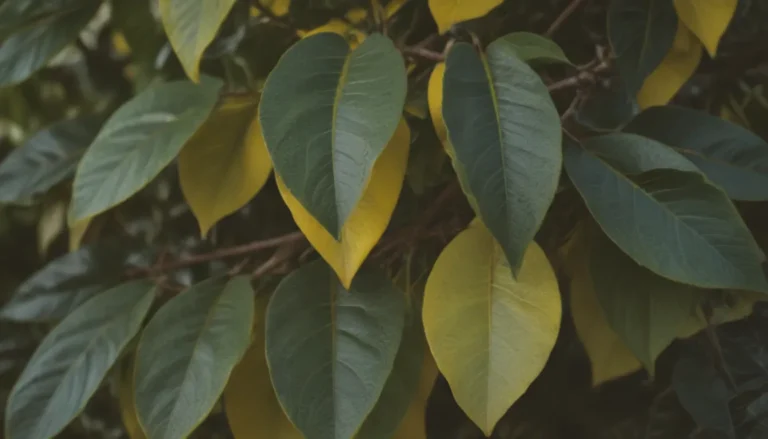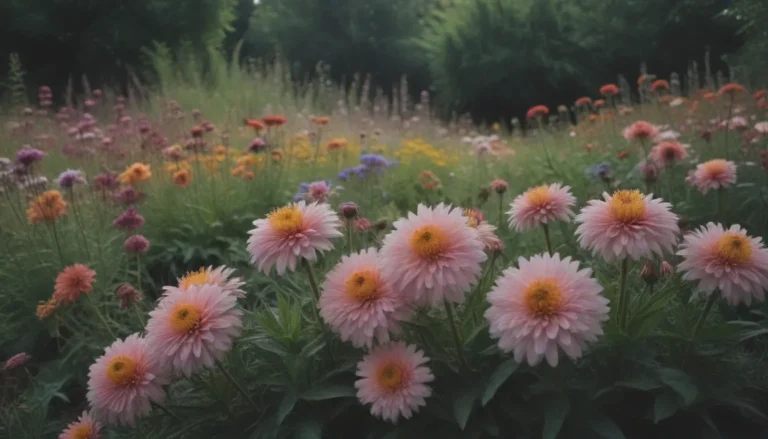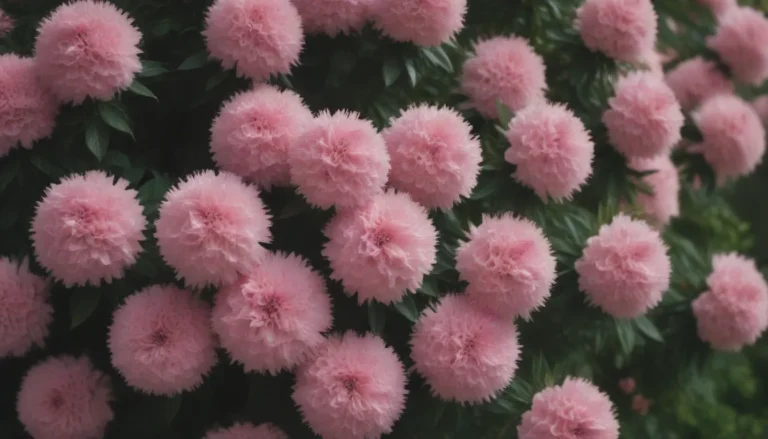How to Care for Your Orchid: A Comprehensive Guide
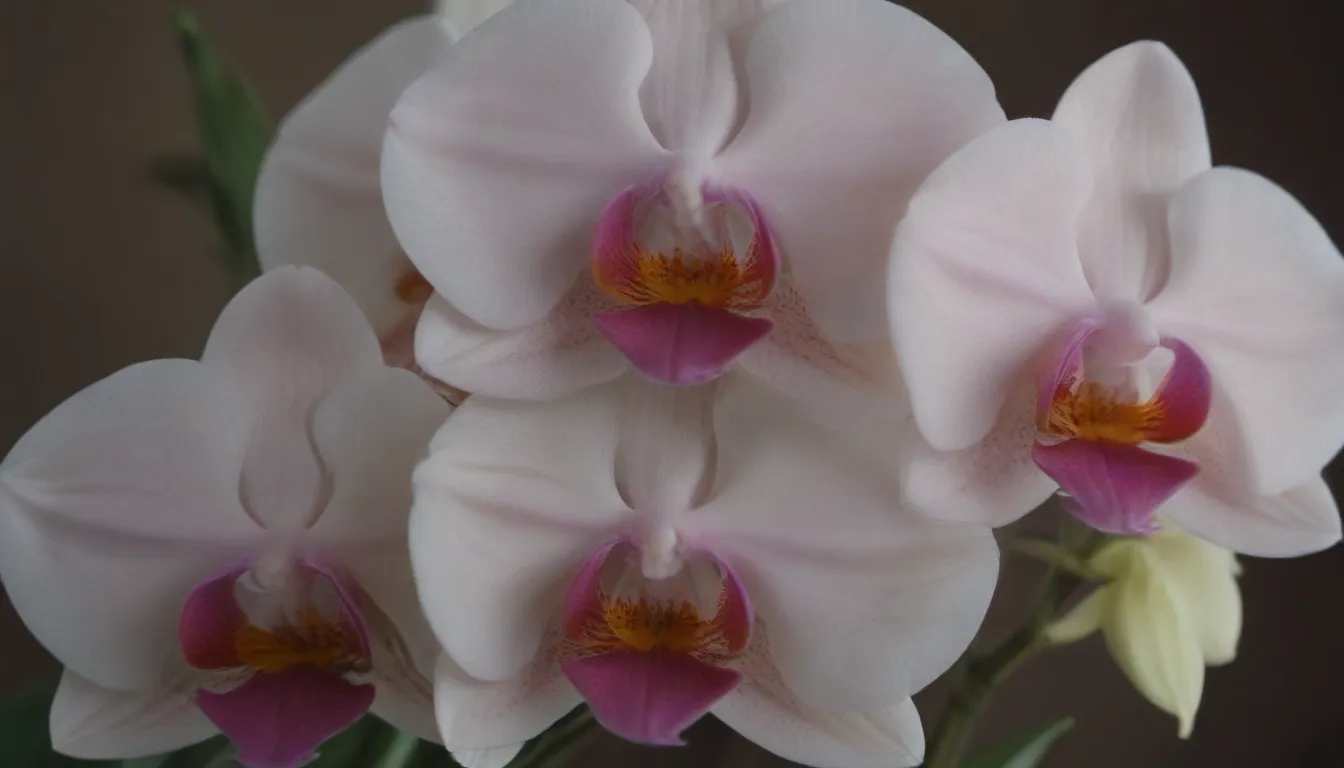
If you are a proud owner of an orchid, you know how rewarding it can be to see those delicate, exotic flowers bloom. Orchids are elegant and fascinating plants that require specific care to thrive and bloom again. In this in-depth guide, we will cover everything you need to know about caring for your orchid, from cutting the stems after bloom to determining when it’s ready to bloom again. So, grab your gardening gloves and let’s dive in!
Understanding Your Orchid’s Bloom Cycle
Each orchid species and variety has its own unique bloom cycle, making it essential to know your plant well to provide the best care. While most orchids start their annual growth cycle in spring and bloom later in autumn, winter, or early spring, commercial growers often force them to bloom out of their natural cycle. Keeping a monthly checklist based on your orchid’s species will help you stay on top of maintenance tasks and encourage reblooming.
Care After Your Orchid Blooms
After your orchid has finished blooming, it enters a period of rest or dormancy to regain energy. While you may not see new leaves or stems immediately, consistent care is crucial during this time. Cutting the flower spike back to its base is the first step in restarting your plant’s annual cycle. Use a sharp, sterilized tool to remove the spike and maintain a clean environment to prevent pests and bacteria.
The Phaleanopsis Exception
The Phaleanopsis orchid is the only species that can set a second bloom on the same flower spike. By cutting the spike back to the first two or three nodes, you can extend the bloom period by several weeks. Providing adequate light, water, and fertilizer can encourage new flowering stems to grow from the nodes.
Tip: Always remove a flowering spike that appears dry, brown, or mushy to prevent any potential damage to your orchid.
Consider Repotting
While orchids thrive when their roots fill the pot, repotting with fresh material becomes necessary every one or two years. The end of the bloom period is an excellent time to repot your orchid, providing it with a feeding of high-phosphorous fertilizer to help it adjust to its new pot. Remember that your orchid is entering a period of rest, so reduce fertilizer and water after the initial treatment.
Signs Your Orchid Is Ready to Bloom Again
With proper care and conditions, your orchid should bloom at least once a year, while some varieties can bloom multiple times during their cycle. Understanding when your orchid should bloom and watching for new growth are essential steps in ensuring a successful bloom.
Research Your Variety
Begin by researching your orchid variety to understand its growth structure and blooming patterns. Knowing where to look for buds and spikes, as well as the plant’s natural growing conditions, can help you recognize signs that it is ready to bloom.
Watch for New Growth
Keep an eye out for new leaves, thickening stems, and accelerated growth, which are indicators that your orchid is coming out of dormancy and preparing to bloom again. Look for emerging flower spikes between the leaves on the main stem, distinguishing them from aerial roots.
Baby the Buds
Once your orchid has set buds, carefully tend to them to prevent bud blast or premature dropping. Avoid exposing the plant to bright, direct sunlight or extreme temperature fluctuations. Maintain adequate humidity, avoid wetting the buds and flowers, and follow recommended fertilization guidelines for your specific variety.
In conclusion, caring for your orchid requires attention to detail and a deep understanding of its unique needs. By following these tips and being patient with your plant, you can enjoy the beauty of blooming orchids year after year. Happy gardening!
